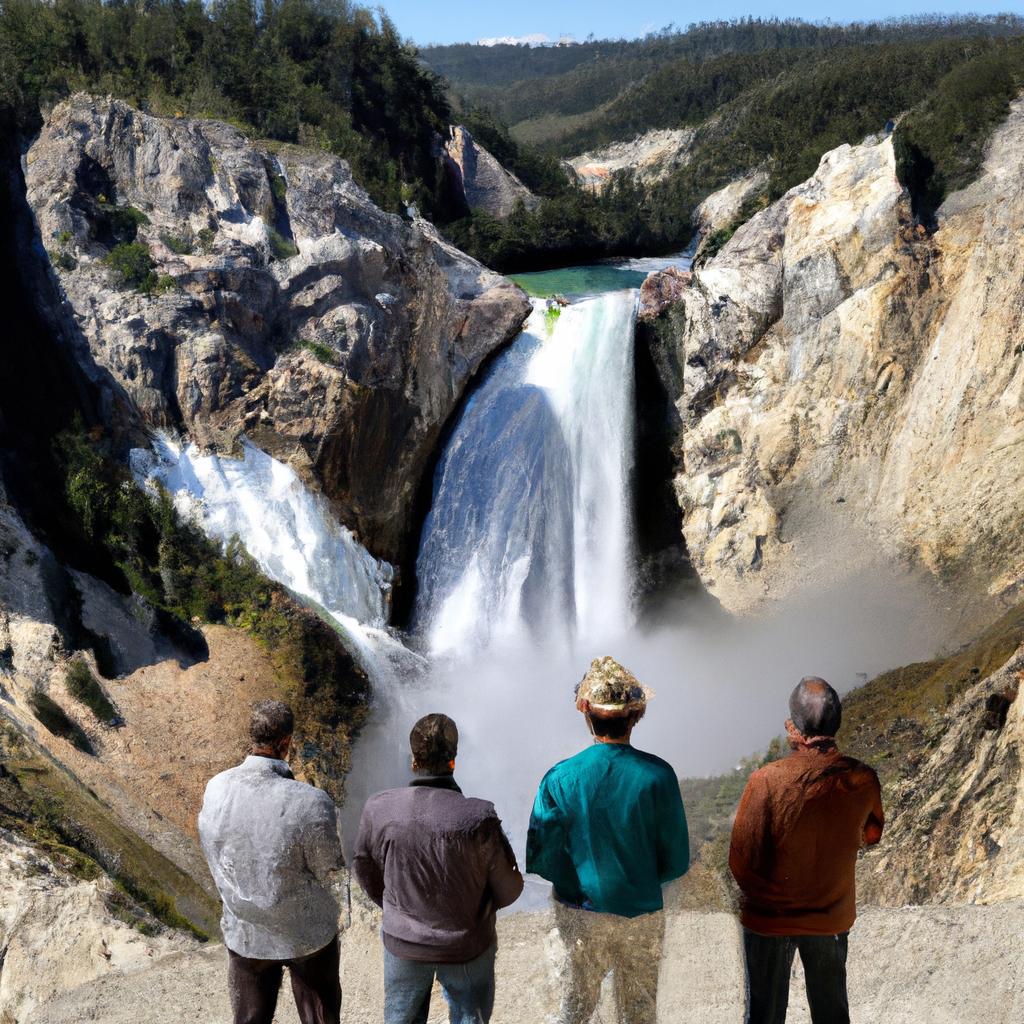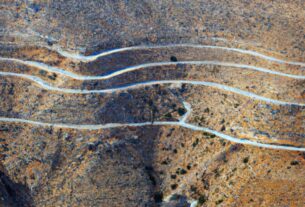Yellowstone National Park, established in 1872, stands as an unparalleled travel destination in the United States, drawing millions of visitors each year. As the country’s first national park, it holds a cherished place in the hearts of many. Spanning over 2.2 million acres of land, Yellowstone boasts a remarkably diverse ecosystem, featuring geysers, hot springs, canyons, waterfalls, forests, and an array of wildlife. This natural haven is a sanctuary for nature enthusiasts, adventure seekers, and anyone yearning to escape the chaos of urban life.
Getting to Yellowstone National Park
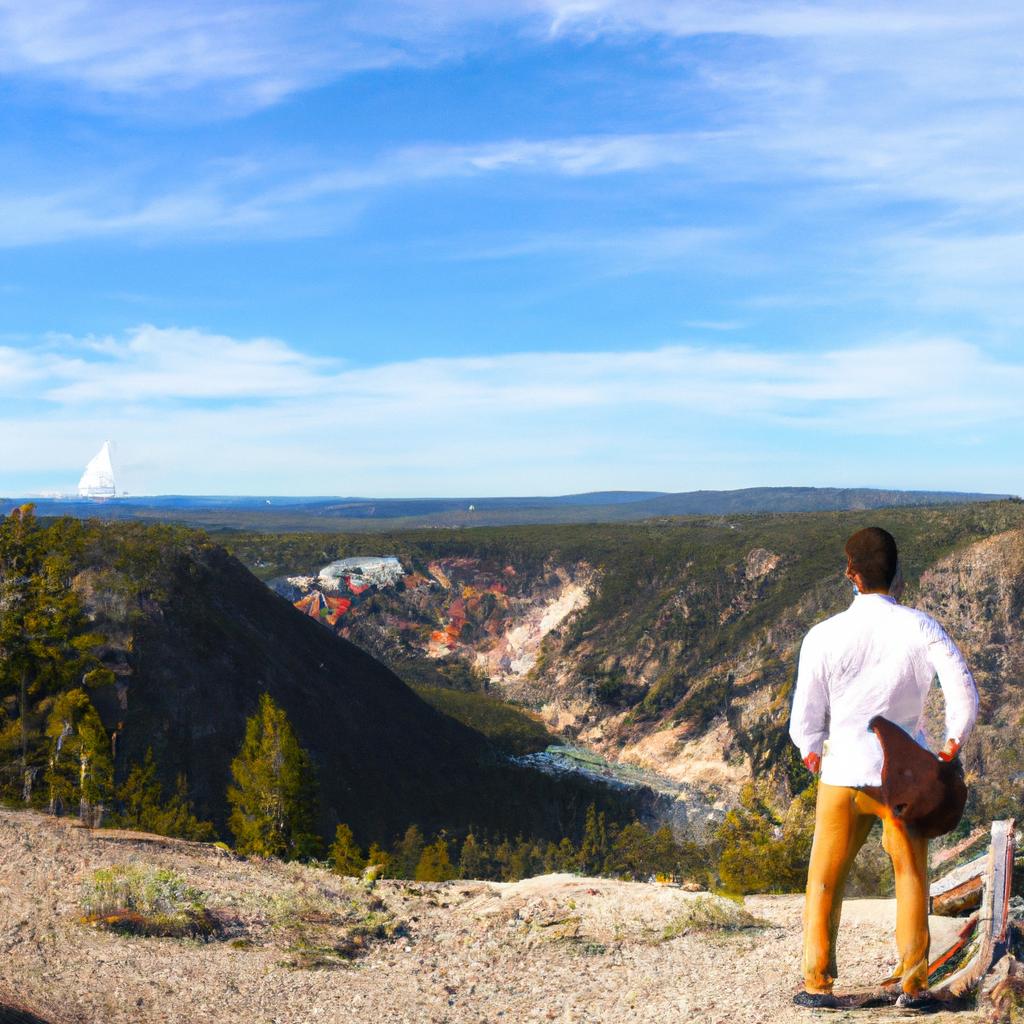
When it comes to reaching Yellowstone National Park, visitors can avail themselves of several transportation options, including air, car, bus, and train. The park is most conveniently accessed through Yellowstone Regional Airport in Cody, Wyoming, which offers direct flights from Denver, Colorado. Alternatively, Jackson Hole Airport in Jackson, Wyoming, and Bozeman Yellowstone International Airport in Bozeman, Montana, serve as nearby alternatives.
Driving to the park is a popular choice, allowing visitors to explore the stunning surrounding areas en route. Yellowstone boasts five entrances situated in Wyoming, Montana, and Idaho. While the park is open year-round, some entrances and roads may be temporarily closed during winter due to heavy snowfall.
Public transportation enthusiasts can also opt for bus and train services. Greyhound, Jefferson Lines, and Salt Lake Express provide bus services to Yellowstone from various regional cities. Meanwhile, Amtrak’s Empire Builder train makes a stop in West Yellowstone, Montana, treating passengers to breathtaking views along the journey.
Determining the best time to visit Yellowstone National Park depends on the desired activities and attractions. Summer (June to August) stands as the busiest season, offering warm weather and accessible roads and trails. Fall (September to November) showcases stunning foliage and fewer crowds, though some facilities may be closed. Winter (December to February) paints a magical landscape, perfect for snowmobiling, cross-country skiing, and observing wildlife. Lastly, spring (March to May) ushers in the shoulder season, characterized by unpredictable weather and fewer visitors.
Accommodations in Yellowstone National Park
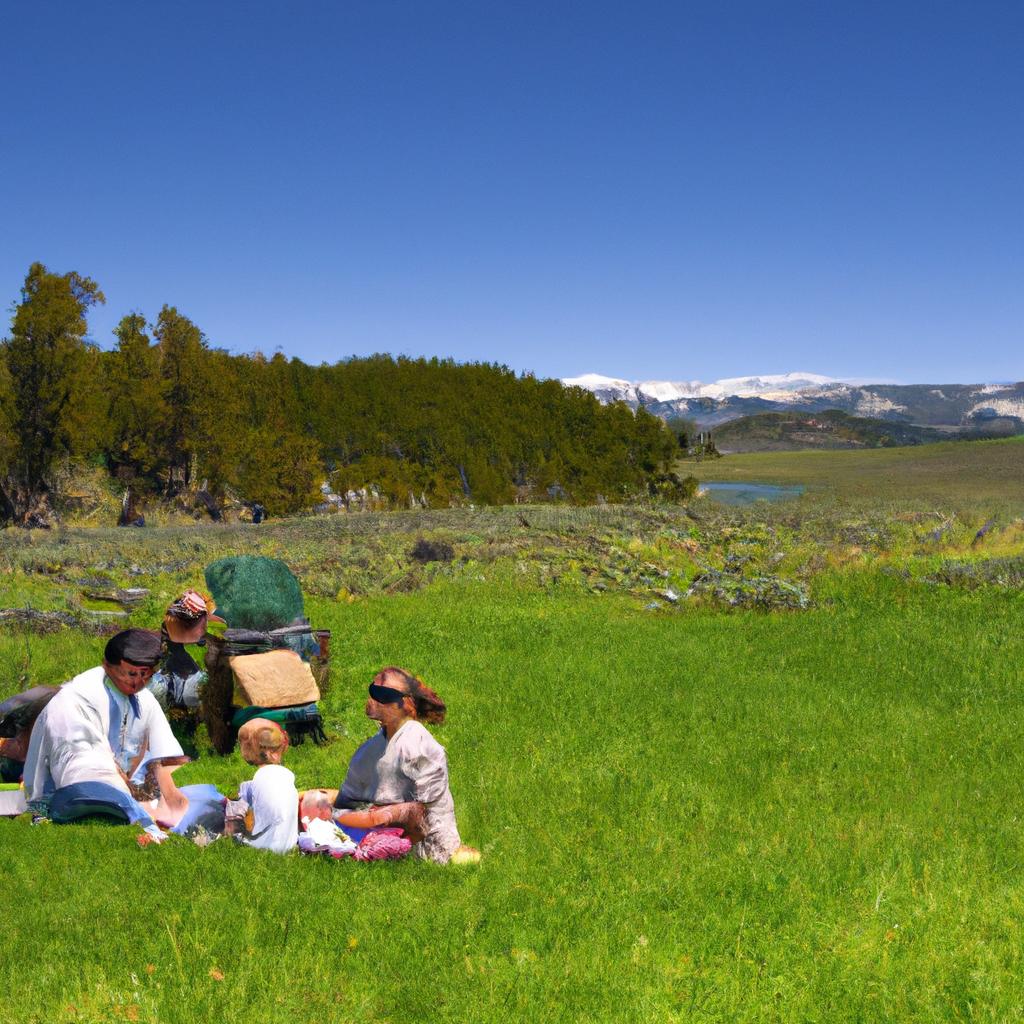
Yellowstone National Park provides a myriad of lodging options, ranging from hotels to cabins and camping grounds. Xanterra Travel Collection operates nine lodges within the park, offering a range of choices from historic hotels to modern cabins. Each lodge possesses its unique charm, amenities, and room types. Visitors can conveniently book their stay online or by phone up to 13 months in advance.
Camping also holds great appeal in Yellowstone, with the National Park Service operating 12 campgrounds. These campgrounds cater to different preferences, offering everything from primitive sites to RV hookups. While some campgrounds operate on a first-come, first-served basis, others require reservations. Adventurous souls seeking a more remote experience can obtain permits for backcountry camping, allowing them to explore uncharted territories within the park.
Furthermore, visitors have the option to stay at private lodges, cabins, and vacation rentals situated just outside the park. These accommodations provide varying levels of comfort and convenience, albeit typically at a higher cost compared to those available inside the park. Popular areas to consider for outside lodging include West Yellowstone, Montana, and Cody, Wyoming.
When booking accommodations in Yellowstone National Park, it is crucial to plan ahead, particularly during the peak season. Xanterra’s lodges and the National Park Service’s campgrounds tend to fill up quickly, making early reservations highly recommended. It is also advisable to review cancellation policies and fees, which can vary based on the lodging type and the time of year. Additionally, conducting thorough research on each lodging option’s location and amenities greatly contributes to an enjoyable overall experience.
Things to See and Do in Yellowstone National Park
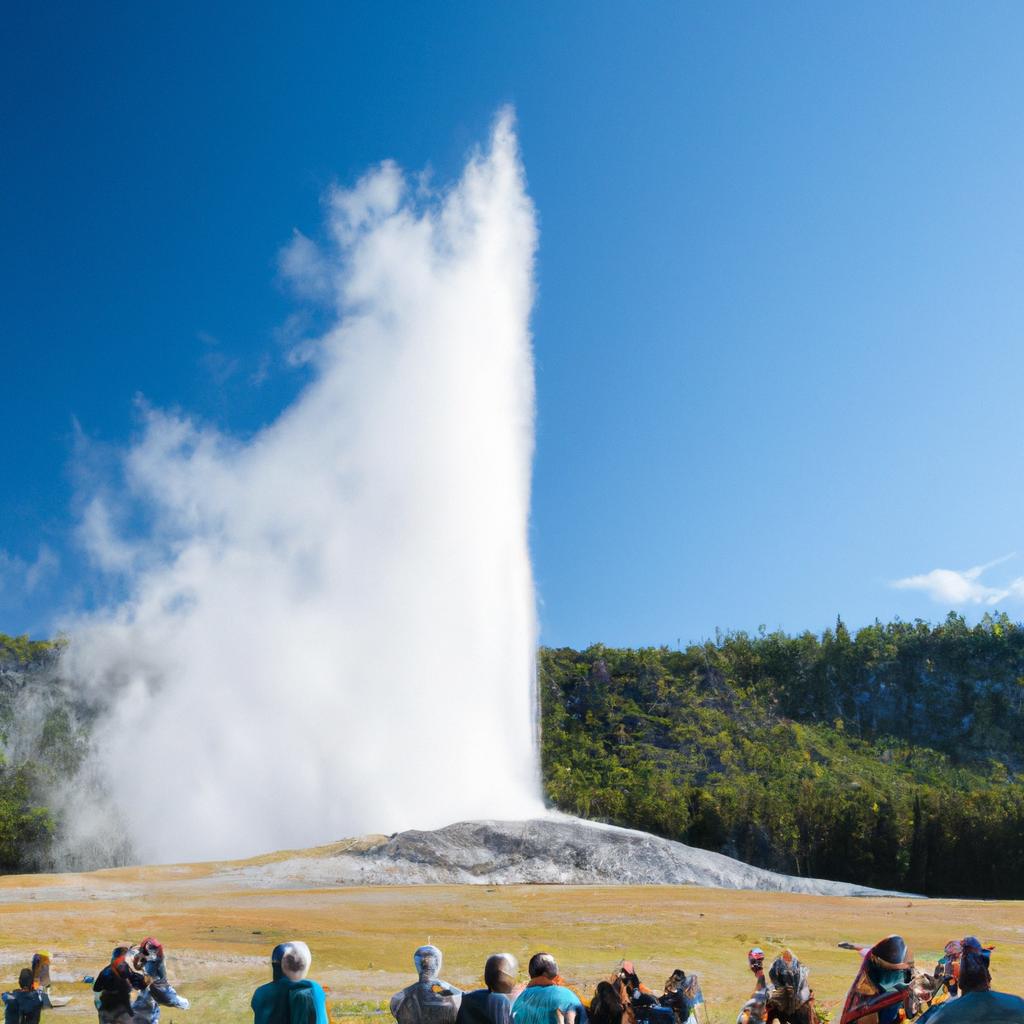
Yellowstone National Park presents an extensive array of attractions and activities suitable for visitors of all ages and interests. From geysers to wildlife, the park offers something unforgettable for everyone. Here are a few popular attractions and activities to consider:
Old Faithful
One of the world’s most renowned geysers, Old Faithful, erupts approximately every 90 minutes. Spectators can witness the awe-inspiring sight of hot water and steam soaring up to 180 feet in the air while maintaining a safe distance. The Old Faithful area also features a visitor center, museum, and several stunning hiking trails.
Grand Prismatic Spring
As the largest hot spring in the United States, the Grand Prismatic Spring mesmerizes onlookers with its vibrant colors. The spring’s rainbow-like hues stem from the microbial mats flourishing along its edges. Visitors can admire this natural wonder from a boardwalk trail, offering breathtaking views of the surrounding landscape.
Wildlife Viewing
Yellowstone National Park harbors a diverse range of wildlife, including bears, wolves, bison, elk, and moose. Observing these majestic creatures in their natural habitat is a thrilling experience, but it is crucial to maintain a safe distance and adhere to the park’s guidelines. For those seeking a deeper understanding of wildlife behavior, guided tours and ranger programs are also available.
Hiking
With over 900 miles of hiking trails, Yellowstone National Park caters to hikers of all levels. Trails weave through a variety of landscapes, showcasing cascading waterfalls, majestic canyons, and enchanting thermal features. Before embarking on a hike, visitors should check the trail conditions and weather forecast while ensuring they have ample water and food.
Beyond these popular attractions, Yellowstone National Park possesses numerous hidden gems awaiting exploration, such as Lamar Valley, Yellowstone Lake, and Norris Geyser Basin. These secluded areas offer unparalleled landscapes and unique wildlife encounters, away from the crowds and well-traveled paths. Depending on the season, visitors can also partake in various activities including fishing, boating, and snowshoeing.
Tips for Traveling to Yellowstone National Park
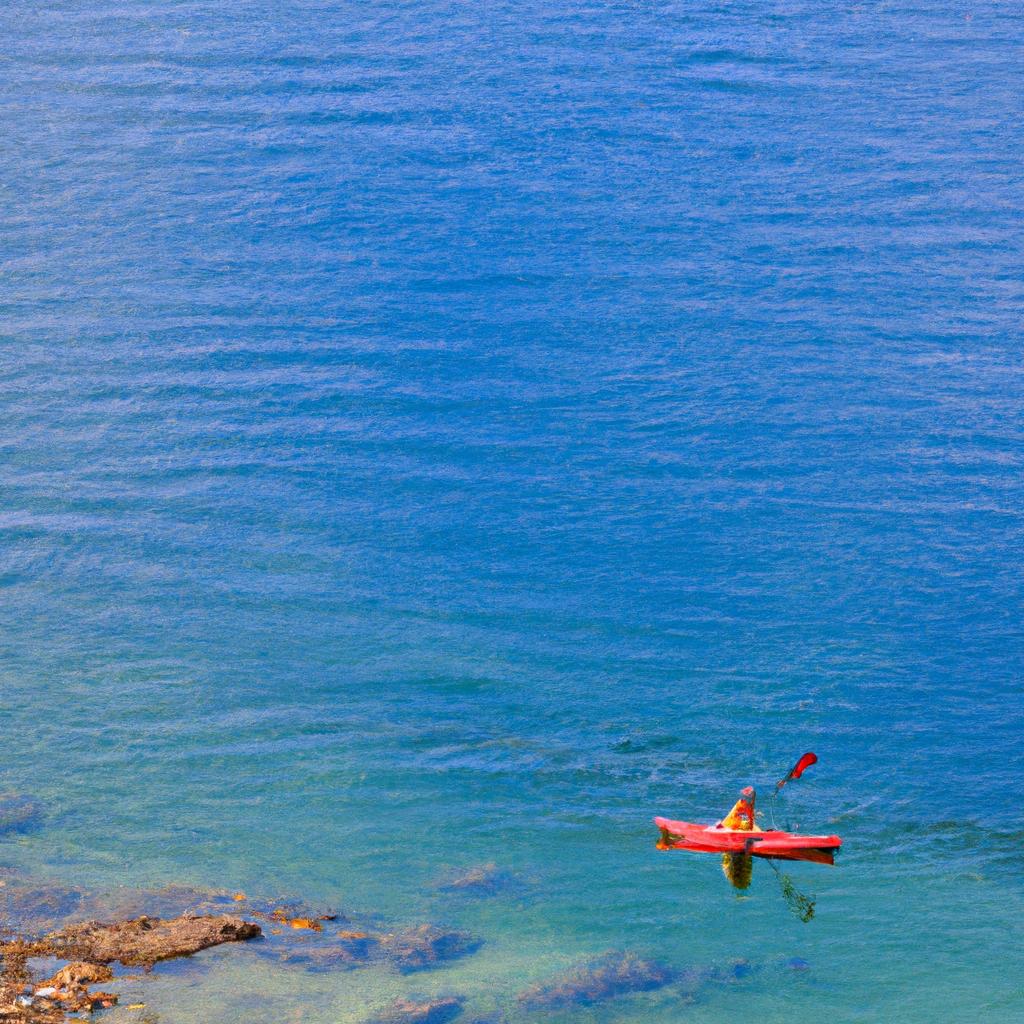
Yellowstone National Park promises a beautiful and thrilling adventure, yet taking certain precautions and following safety guidelines is paramount for a safe and enjoyable trip. Consider the following tips when embarking on your Yellowstone journey:
Safety Guidelines and Precautions
- Adhere to the park’s rules and regulations, including speed limits, wildlife viewing guidelines, and trail closures.
- Stay on designated trails and boardwalks, never approaching or feeding wildlife.
- Prepare for changing weather conditions, including sudden storms, extreme temperatures, and high elevations.
- Carry bear spray and familiarize yourself with its usage in case of a bear encounter.
- Stay hydrated and bring an ample supply of food and water, as services and facilities may be limited in certain areas of the park.
Packing Essentials for the Trip
- Comfortable and sturdy shoes suitable for hiking and walking.
- Layers of warm clothing, including a waterproof jacket, gloves, and a hat, given the fluctuating temperatures throughout the day.
- Sunscreen, a hat, and sunglasses for sun protection.
- Insect repellent and bear spray for safety purposes.
- A camera or binoculars to capture wildlife sightings and the park’s scenic vistas.
Dos and Don’ts in the National Park
- Do respect wildlife and their habitat.
- Do stick to designated trails and boardwalks.
- Do pack out all your trash, leaving no trace behind.
- Don’t approach or feed wildlife.
- Don’t disturb or damage natural features, such as hot springs and geysers.
- Don’t collect or remove any natural or cultural objects from the park.
Conclusion
In conclusion, Yellowstone National Park stands as an unparalleled travel destination, captivating all those who appreciate the wonders of nature and crave unparalleled adventure. Its distinct landscape, diverse wildlife, and rich history ensure an unforgettable experience for visitors of all ages. By adhering to safety guidelines, packing essentials, and respecting the park’s rules and regulations, travelers can embark on a safe and enjoyable journey. We at TooLacks highly recommend visiting Yellowstone National Park to witness the marvels of nature and explore its breathtaking wonders. Join us in venturing into the realm of Yellowstone at TooLacks!
